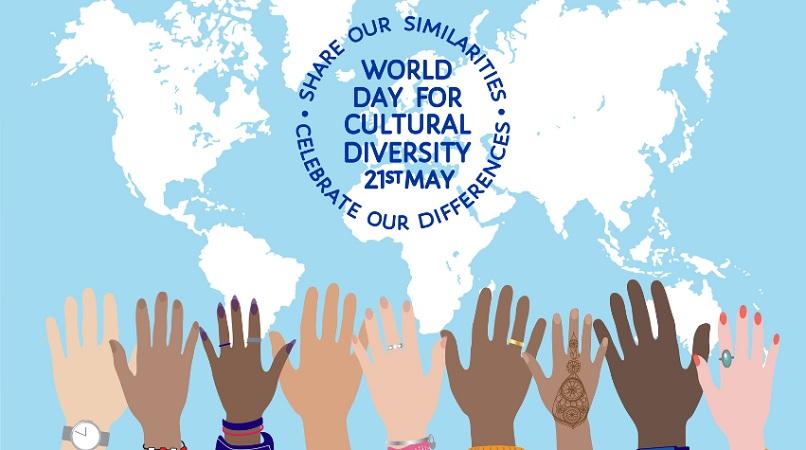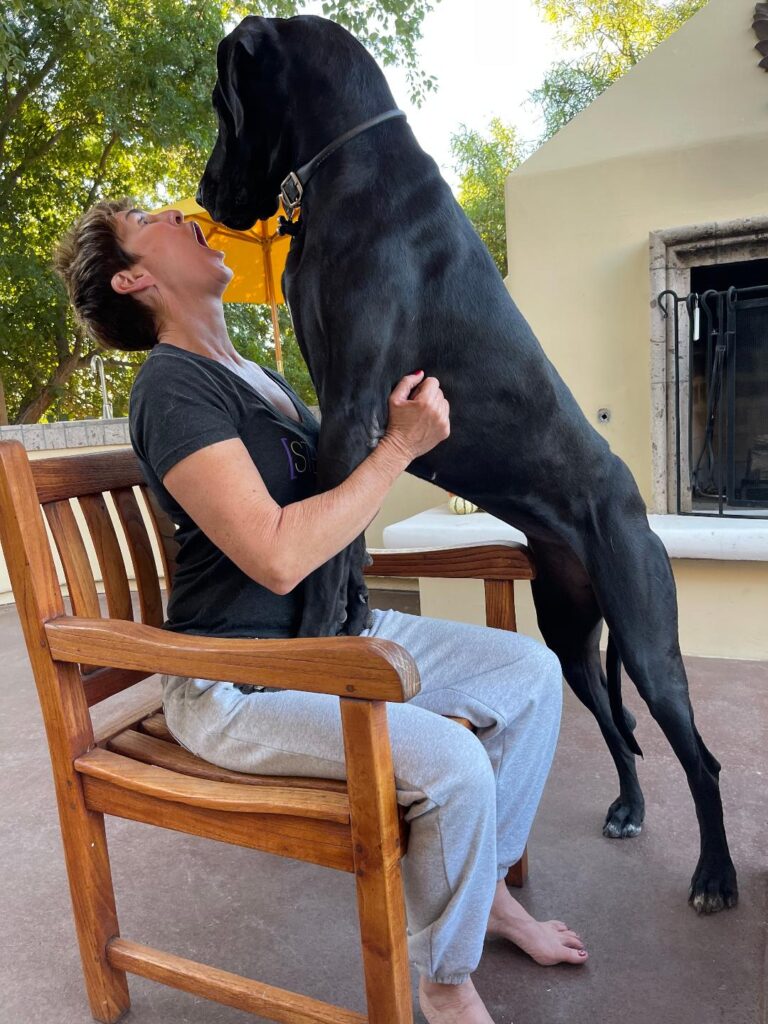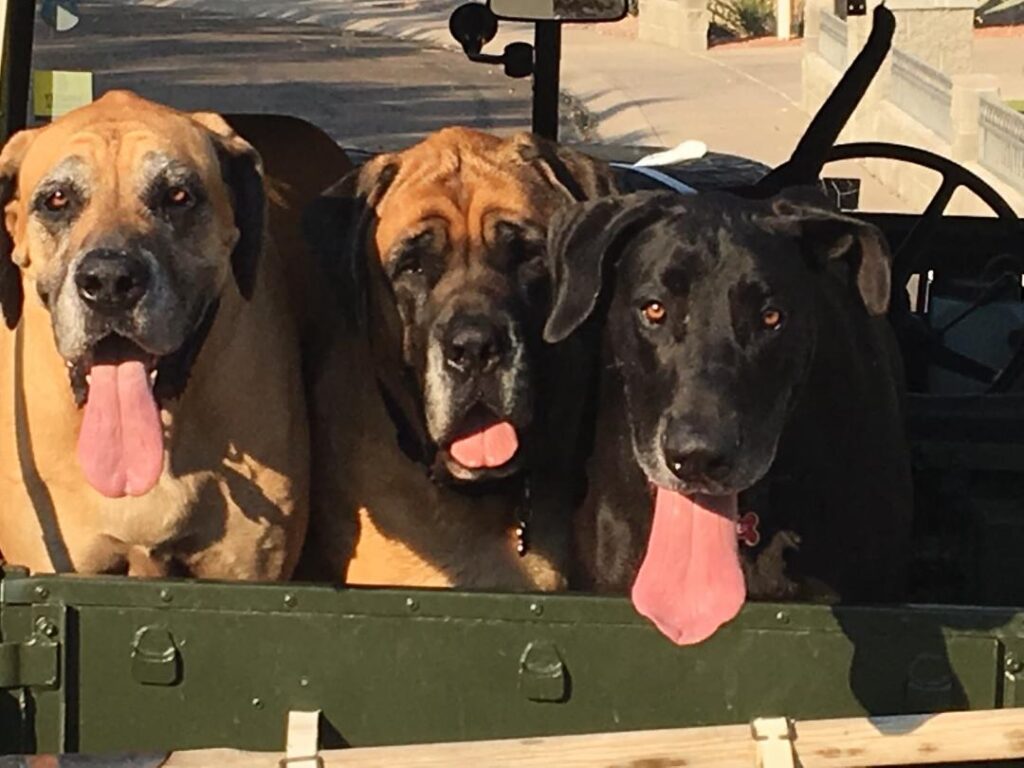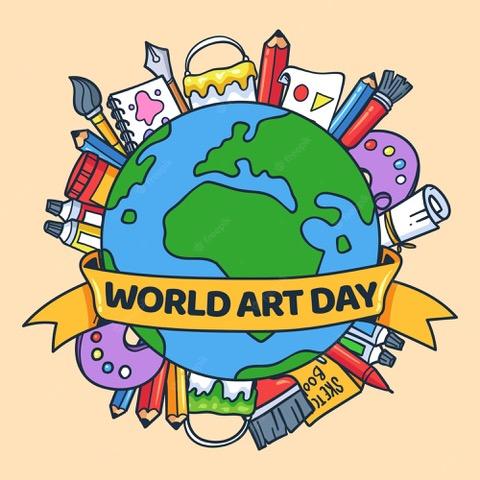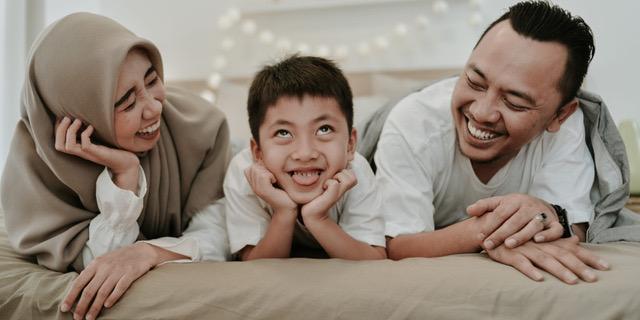On May 21st—UNESCO’s World Day for Cultural Diversity for Dialogue and Development – we celebrate the richness of our shared human experiences and the power of stories to bridge generational gaps! Whether it’s a cherished family recipe, a song that defined your childhood, or a proverb passed from grandparent to grandchild, these moments of cultural exchange remind us that diversity isn’t just a concept—it’s essential to connection.
As we honor cultural diversity, let’s pause to recognize how each of us carries a unique blend of backgrounds and experiences. From the traits we’re born with to the beliefs we choose, every layer of our identity shapes how we see the world – and how we welcome others into it.
In the spirit of May 21st, let’s lean into curiosity, discuss the four faces of diversity, and consider simple ways to invite diversity and connection daily!
The Four Faces of Diversity
Broadly speaking, diversity can be grouped into four categories, and each of them shapes how we connect across generations. These four are:
- Internal Diversity: Traits we’re born with, like race, ethnicity, gender, nationality, or physical ability. These immutable characteristics often guide our earliest experiences in the world.
- External Diversity: Elements we acquire or choose—education, religion, socioeconomic status, marital status, appearance, or where we live. These factors can shift over time and reflect our changing life circumstances.
- Organizational Diversity: Differences in role, department, seniority, or professional background. In many workplaces, entire teams can share the same experience lens unless we intentionally mix up functions and levels.
- Worldview Diversity: The broadest category of all—our beliefs, political leanings, cultural values, and travel experiences. Worldview diversity fuels innovation and keeps us forward-focused by challenging our assumptions.
Inviting Diversity and Connection Daily
You don’t need grand events or large budgets to cultivate an inclusive environment. Try these approachable ideas:
- Invite a “Cultural Moment”: Start meetings or gatherings by inviting someone to share a piece of their heritage – whether it’s a saying/motto, a favorite snack, or a special playlist. It’s a five-minute window into another world that sparks curiosity and conversation.
- Ask “What Would My Future Self Do?”: Whenever a challenge arises – big or small – pause and ask, “How would my grandmother/grandfather handle this?” or “What would my wiser, future self do?” It’s a playful way to tap into collective wisdom.
- Mix Up Your Social Media: Follow social accounts, podcasts, and book clubs representing voices beyond your usual circles. Actively seeking out new viewpoints trains your mind to appreciate nuance and complexity.
- Host a “Culture Exchange” Lunch: Grab a coworker or friend whose background is different from yours and trade favorite recipes (or takeout suggestions). Breaking bread together is one of the oldest and most delicious ways to connect!
Bringing generational and cultural diversity into our daily lives doesn’t require grand gestures – just small, intentional steps that open doors to empathy and understanding. When we listen to stories from different walks of life, we not only expand our horizons but also invite connections across age groups and identities. In celebrating the diversity of who we are and where we come from, we cultivate an energy that empowers us all to learn, grow, and stand stronger together!
